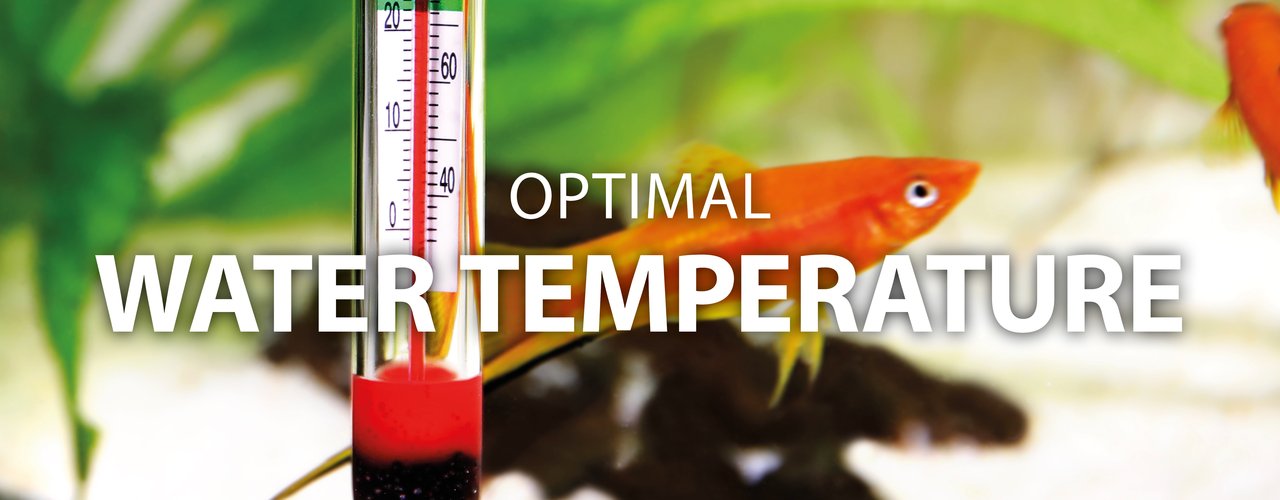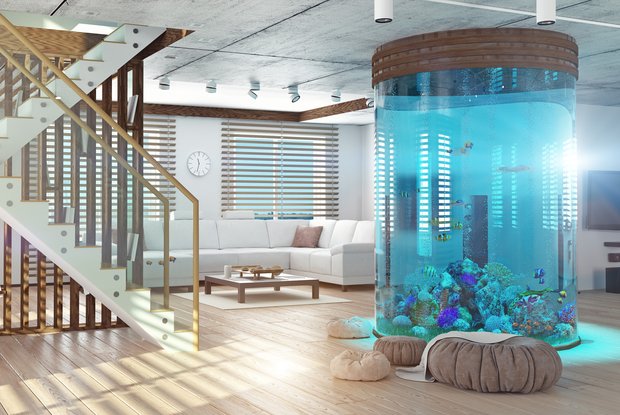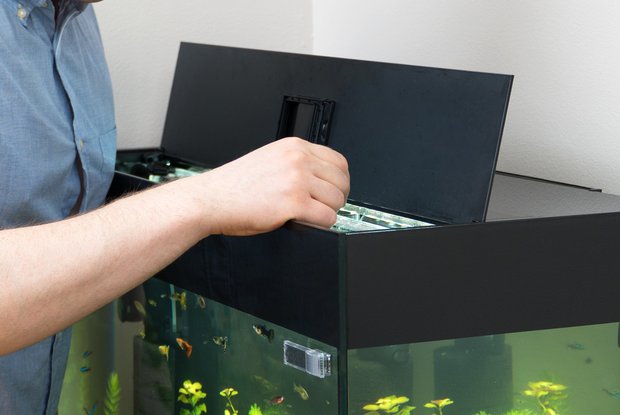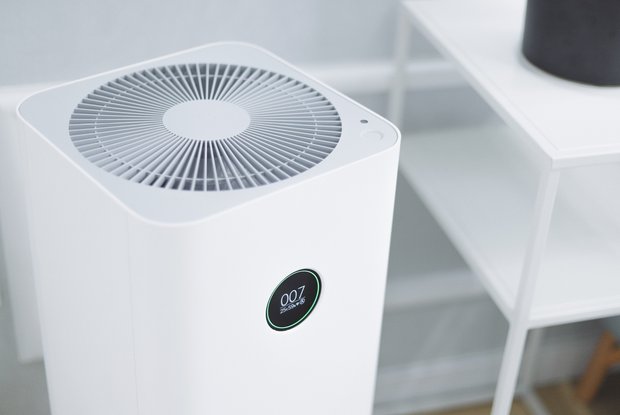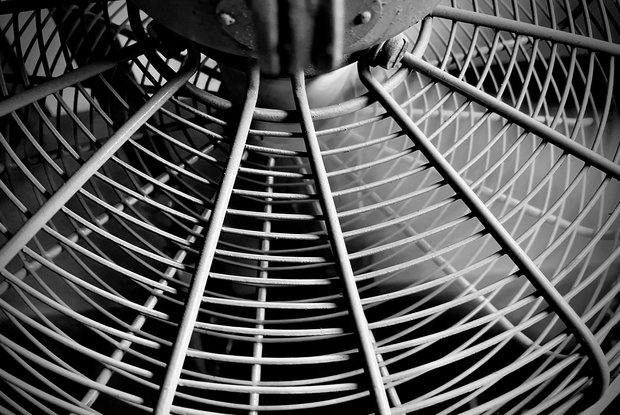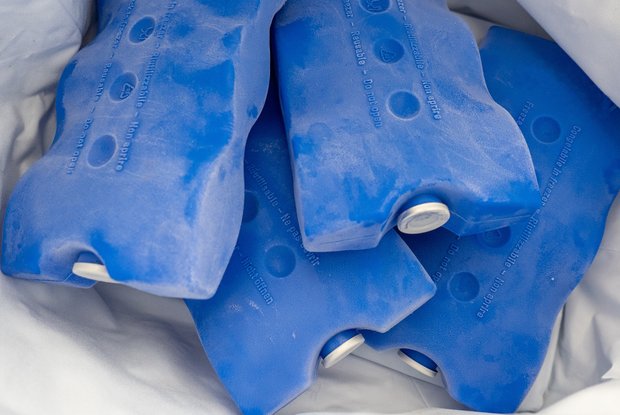Especially in the summer months, the temperatures in the apartment and thus also in the aquarium can rise significantly. Higher temperatures and lots of sun can quickly become a problem for your aquarium inhabitants!
The temperature in the aquarium roughly corresponds to the ambient room temperature. Technical devices can heat the water by another 2-3°C during operation.
As a rule, water temperatures between 22°C and 28°C are not a problem, but they should not rise above 30°C. Note that higher water temperatures are often associated with lower oxygen levels, as the warmer the water, the less oxygen can be dissolved. In the worst case, this can lead to a shortage of oxygen for the fish. In marine aquariums, water that is too warm leads to coral bleaching and coral death.
It is therefore important to keep an eye on the water temperature!
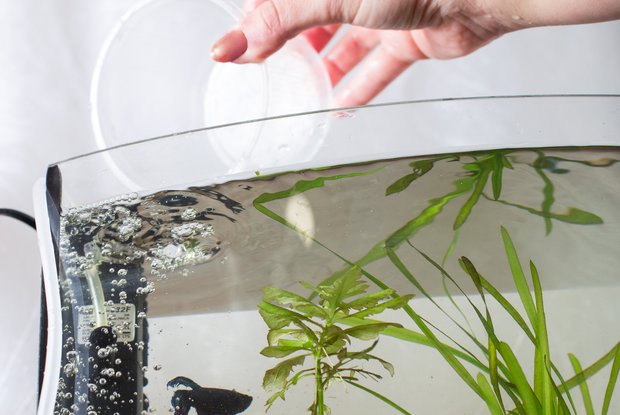
Water changes with slightly cooler water
In order to cool the aquarium water down a bit for a short time, a larger water change with slightly colder water can help.
Important! Make sure that the water temperature does not drop too quickly and too much, as some animals can not deal with fluctuations in temperature.
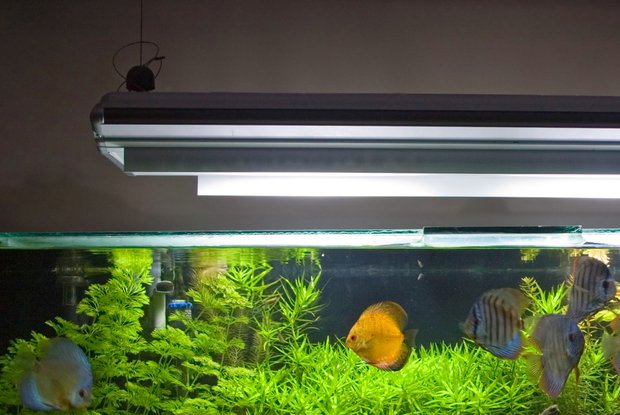
Reduce lighting
Since the aquarium lighting can also produce heat, it can help to switch it off temporarily or adjust the lighting time. Older fluorescent tubes in particular produce a lot of waste heat, which can accumulate under a closed cover. LED lighting, on the other hand, usually heats up less.

